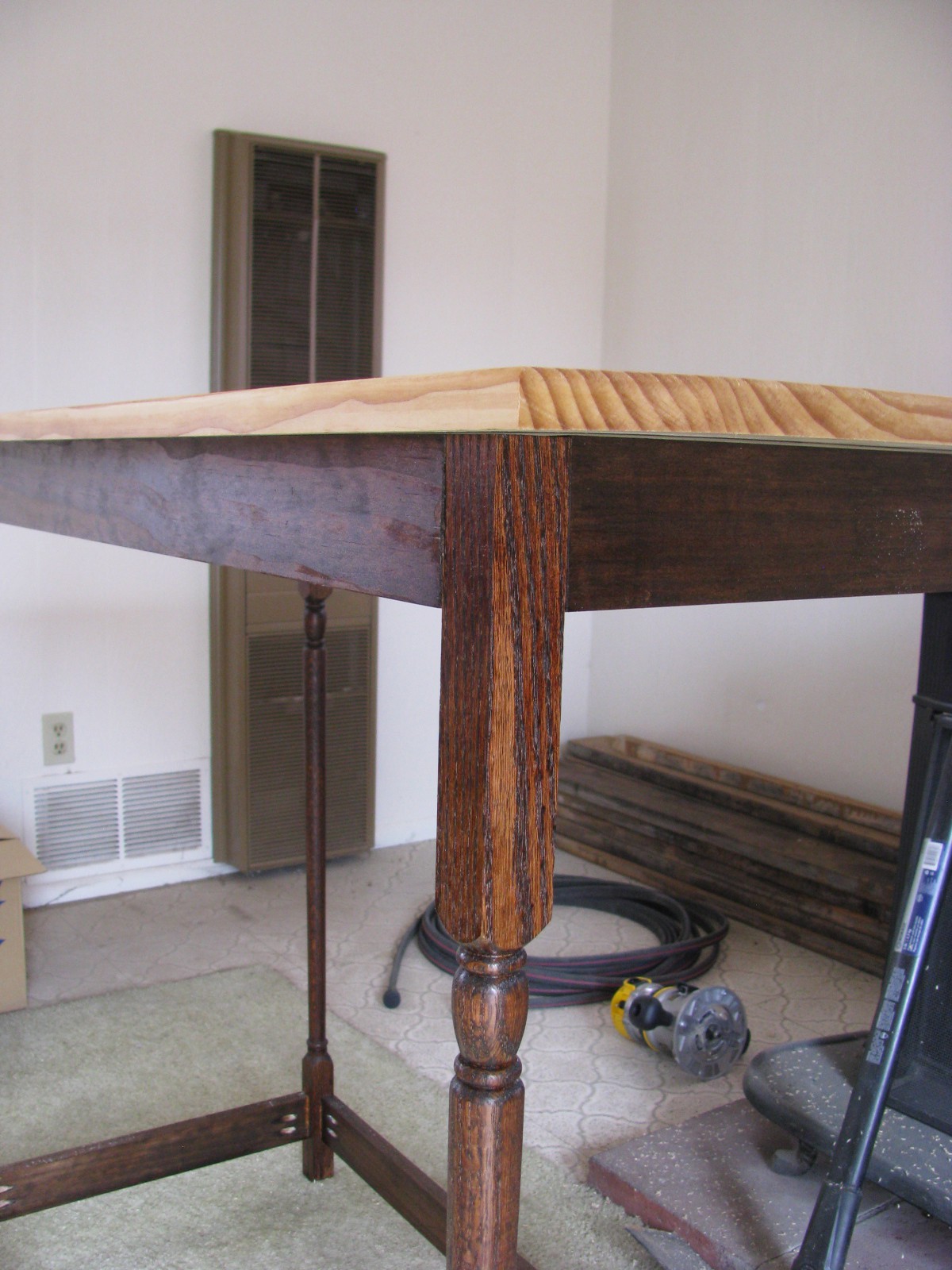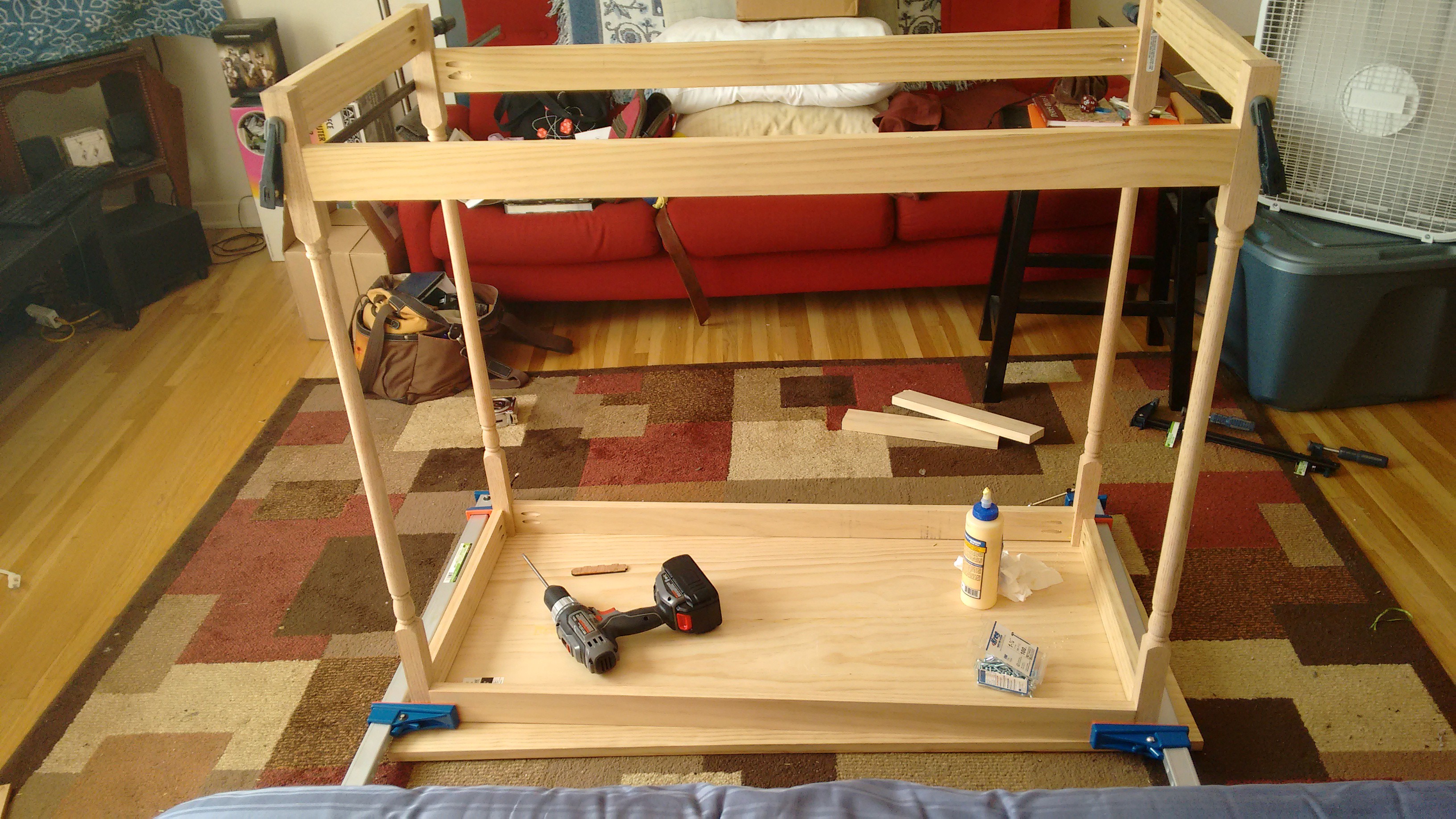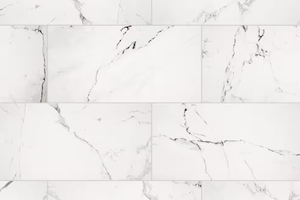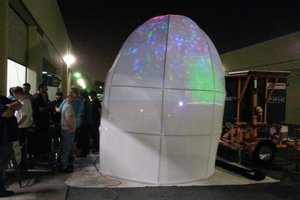The table is complete, and in use in the kitchen. It is probably a bit too tall, and if I make another one I'll go with the shorter balusters after all.
In general, I'm happy with it, and I look forward to making more functional objects. Or finishing other functional object projects I've already started...
Finish Notes:
The shellac melts slightly under warm items, so coffee mugs, bowls of soup, and the like stick to the tabletop. Room-temperature items such as the cutting board and the knife block and such do not stick
 Geoff Nicholson
Geoff Nicholson
 , I was able to go from a pile of lumber to an actual, recognizable table in under two hours. That was exhilarating and awesome... and introduced some unintentional errors. One of my aprons was just a SMIDGE off during glue-up, and I had to unscrew it, clean it, and then glue it back up again. And that's where the hardware comes in.
, I was able to go from a pile of lumber to an actual, recognizable table in under two hours. That was exhilarating and awesome... and introduced some unintentional errors. One of my aprons was just a SMIDGE off during glue-up, and I had to unscrew it, clean it, and then glue it back up again. And that's where the hardware comes in. .
. 

 WJCarpenter
WJCarpenter

 T. B. Trzepacz
T. B. Trzepacz
 Øystein
Øystein
Good to see this feature. I need help to integrate it with my portable table saw which I'm using in my garage.